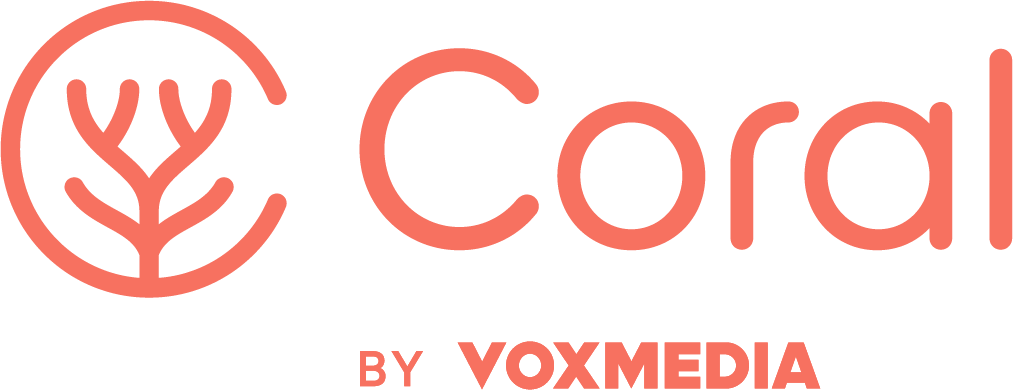To grow big, start small. Here’s a few steps you can take, at little or not cost, to transform your newsroom and learn about your future communities.
- Write a code of conduct
Before you begin any of these, you need to prepare for the worst, while aiming for the best. What could go wrong? You can help protect your community, your newsroom, and yourself from harm by setting guidelines in place ahead of time, even for the smallest of interactions. Go here to learn more. Be prepared to transparently adapt and improve this according to your experiences.
- Bring your audience into the newsroom
Identify some of the most committed audience members – people who respond on Facebook respectfully and often; frequent commenters; long-time subscribers. Bring in small groups, and ask them to share what they like about what you do, and what they wish were better. When do they engage with your work? Have they ever interacted personally with a journalist from your newsroom, and if so, how? Invite a few key senior staff, and remind them that their role here is to listen and be curious. We’ve provided more ideas on this topic here.
- Think about your tools
The Coral Project has free tools you can use, of course, but you don’t need to have comments to have community. You can create community via Facebook, at an in-person event,… just remember that a true community (versus one-way engagement) is a group of people who get to know each other through their membership, have a clearly understood purpose, and generate their own content within the community. There are pros and cons about different platforms – do you want more control and more data, but more complication in set up and maintenance, or use pre-existing platforms where people already are, but with very limited control and data in return? The right answer is probably a combination of all of the above, with different goals for each.
- Start with the easy stuff
Resist the urge to tackle the hardest problem first. If you have a strong community or a positive comments section in one topic, working on deeper engagement there is a great place to start.
- Identify a problem and solve it
When advocating for community, you can start with more limited, and easier engagement around individual stories or features. If there is no system for getting feedback or audience stories as part of your journalism, try tools such as The Coral Project’s Ask platform and work with a willing journalist, so that you can together show your newsroom the latent value that lies within your audience. Thank everyone who participates and gives you their information. Build an audience that grows accustomed to closer contact with the newsroom.
- Keep it small and targeted
Community interaction probably won’t be the best treatment for every story – and you probably don’t have the bandwidth do that anyway. Be explicit about that with your colleagues by showing what community can achieve with the resources you have. Many successful communities and relationships are damaged by trying to do too much too soon, and making promises to your community that can’t be kept.
- Steal from the best
Here’s some great examples of positive engagement and community practice that you can try today:
How to Listen to and Engage your Community by Mónica Guzmán
Five things newsrooms can do to empower the public right now
Pathways to Engagement: Understanding How Newsrooms are Working with Communities
Also see the Case Studies and Useful Links sections of this website for more ideas.
- Record Your Results
As you do this work, write down all the objections, skeptical comments, and positive responses you hear.
This is slow work. Your long-term goal needs to be more than just bringing in a few more voices to one piece. In order to create consistent change, and to build ongoing relationships with your audience, you need to start to shift newsroom culture. That means every engagement in the comments, every call for user-generated content, every meet and greet is part of a bigger plan. Keep records, learn from each engagement, create meaningful short- and longer-term metrics, and continue to learn more about your newsroom’s and audience’s needs. Be intentional, and share your records.
- Keep things organized
If you want others to build on your work, you’ll need to have an organized system of records. Setting this up early will save you a lot of time later in archiving and organizing later. You might not be around in the organization forever; if you don’t keep things organized, nobody can build on what you’ve done already, and they might end up unintentionally replicating it in a year or two’s time.
- Celebrate your achievements
You need to showcase what you’ve done – to the community, to the industry, and to your newsroom. See ‘Build Newsroom Excitement Around Community’ for more information on how to share your results effectively, both internally and externally.
- Remember you’re not alone
This can be exhausting, and sometimes thankless work. There are communities of others who already work in this area, and can give you advice and support. Here are some of them:
- Engaged Journalism Facebook group
- Agora Journalism Center’s Gather platform and Slack channel
Good luck. This is important work. That’s why it’s difficult. Now let’s get started.


